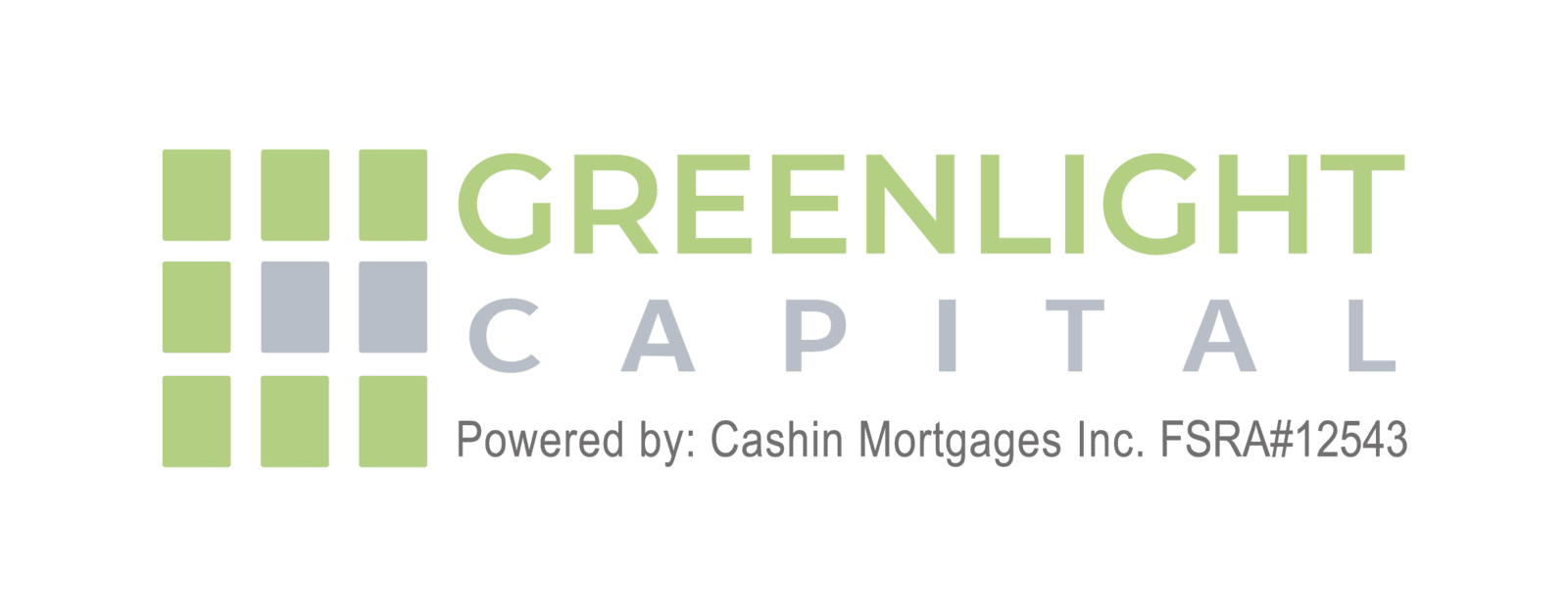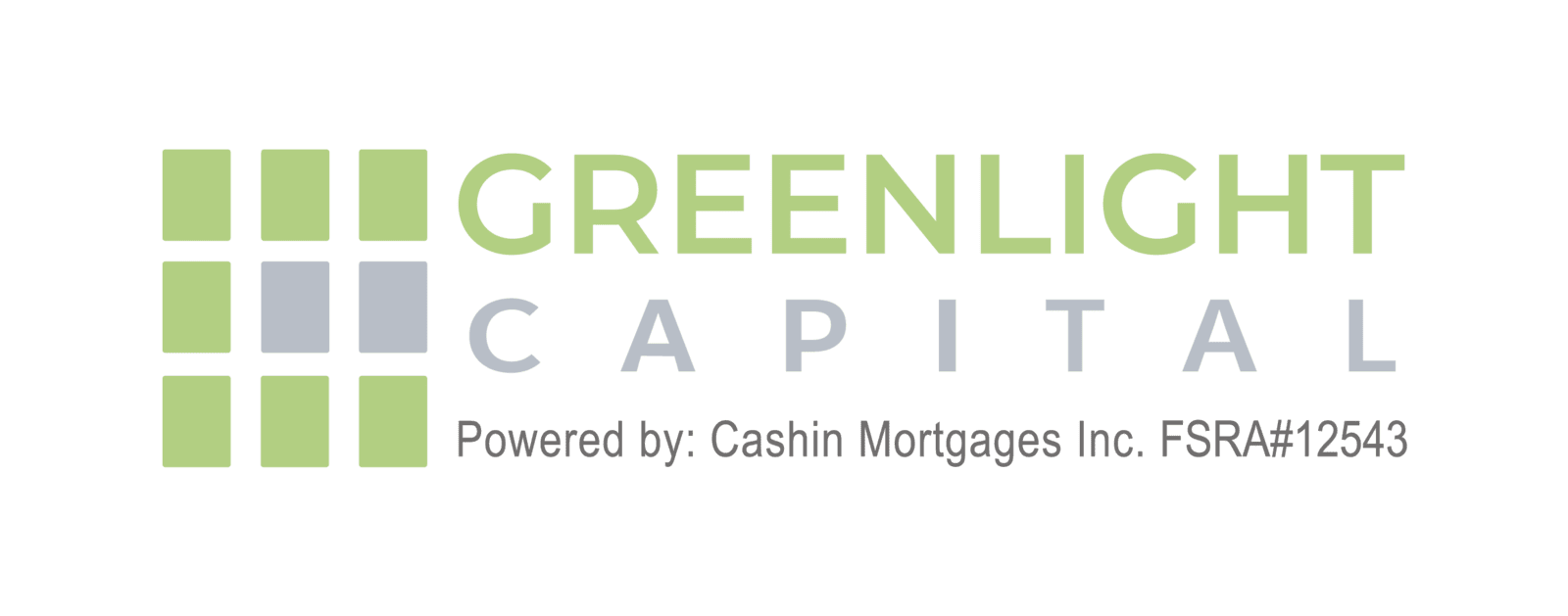
Recent Rate Update: Bank of Canada Lowers Its Rate
On September 17, 2025, the Bank of Canada lowered its target overnight rate by 25 basis points to 2.50% from 2.75%. Reuters+3
The Bank Rate is now 2.75%, and the deposit rate is 2.45%. Bank of Canada
The decision was driven by signs of weakening economic activity, a softening job market, and easing inflation pressures. Reuters+2
What that means for real estate investors:
Borrowing costs may ease somewhat, especially for variable-rate debt or new financing. Mortgages, lines of credit, or construction loans could become more affordable.
Lower rates tend to boost demand in housing markets (for rentals and purchases), which may support property values.
However, inflation and economic risk still loom; investors should keep an eye on market trend signals.
Tips for Real Estate Investors to Maximize Returns
Here are strategies to leverage in a lower‐rate (or rate‐lowering) environment, and in general for improving return on real estate investments.
Lock in Financing Smartly
If you expect rates to fall (or they've just been cut), it can make sense to wait for favourable fixed-rate offers or negotiate better terms.
But also evaluate variable vs fixed rate financing: while variable might benefit now, there’s risk if rates reverse.
Focus on Cash Flow & Cap Rate
Ensure that rents minus all costs (operating expenses, maintenance, taxes, vacancy, financing) leave positive cash flow.
Compare cap rates in your target markets. If cap rates tighten because of low rates, the purchase price might get pushed up, reducing margins—so be selective.
Leverage (Wisely)
Using debt can magnify returns, especially in environments where borrowing is cheaper. But over-leverage adds risk: if cash flows drop or rates rise, you can get squeezed.
Maintain healthy debt service coverage ratios; don’t stretch too thin.
Choose Markets with Growth Potential
Look for areas with rising population, employment opportunities, infrastructure investment, or other demand drivers.
Diversification across geographies can reduce risk of local downturns.
Value‐Add & Renovation Opportunities
Buying properties that need improvements, whether cosmetic or more substantial, can allow for value appreciation beyond market average.
Be careful to budget well and understand what improvements drive returns vs which are aesthetic only.
Tax & Regulatory Considerations
Utilize tax benefits: depreciation, interest deductions, property tax incentives.
Be aware of regulatory risks: zoning, rent control, property taxes, these vary by region and can change.
Hedge Against Risk
Have reserves to cover unexpected costs (repairs, vacancies, legal issues).
Be prepared for rate increases if fixed-rate options are not used.
Monitor macroeconomic indicators (inflation, employment, lending practices).
Use Data & Analytics
Track market trends: vacancy rates, cap rates, price per square foot, migration patterns.
Run sensitivity analyses: what happens to ROI if leasing slows, costs increase, or financing terms worsen.
Exit Strategy Planning
Know your exit ahead of purchase. Are you planning long-term hold, flipping, or refinancing?
Sometimes, even selling at a gain sooner than anticipated is better if market conditions change.
Consider Alternative Real Estate Investments
Real Estate Investment Trusts (REITs): for exposure without property management.
Syndications / partnerships: pooling capital to access larger, more lucrative properties.
Debt instruments (mortgage lending, private debt): as lenders, not owners, sometimes lower maintenance but also different risks.
Key Takeaways
The BoC’s recent rate cut to 2.50% offers breathing room for real estate investors—but doesn’t guarantee easy profits. Bank of Canada+2
Solid returns come from disciplined underwriting, smart use of debt, income orientation (cash flow), and staying alert to macro risks.
Having a long-term view and understanding your exit strategy—can help you weather rate fluctuations, economic slowdowns, or unexpected shocks.



